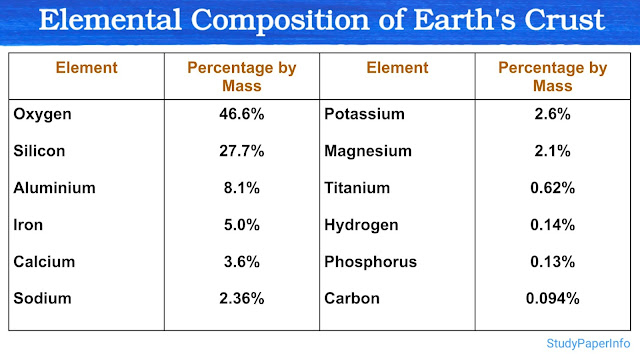Contribution of Electromagnetic Radiation to Basic Physical and Chemical Concepts in Biology

What is Electromagnetic radiation (EMR)? Electromagnetic radiation (EMR) is a type of energy that moves through space in waves. It is made up of electric and magnetic fields that travel together at the speed of light (3 × 10⁸ meters per second). EMR comes in many forms, depending on its wavelength (the length of each wave) and frequency (how many waves pass a point in a second). The types of EMR include radio waves, microwaves, infrared light, visible light, ultraviolet light, X-rays and gamma rays. We encounter Electromagnetic radiation every day. For example, sunlight is Electromagnetic radiation that helps plants make food through photosynthesis and allows us to see. Infrared radiation is felt as heat, while radio waves are used for communication like in radios and phones. X-rays help doctors see inside our bodies and ultraviolet light from the sun can cause sunburn. Electromagnetic radiation (EMR) can act like a wave, spreading o...





